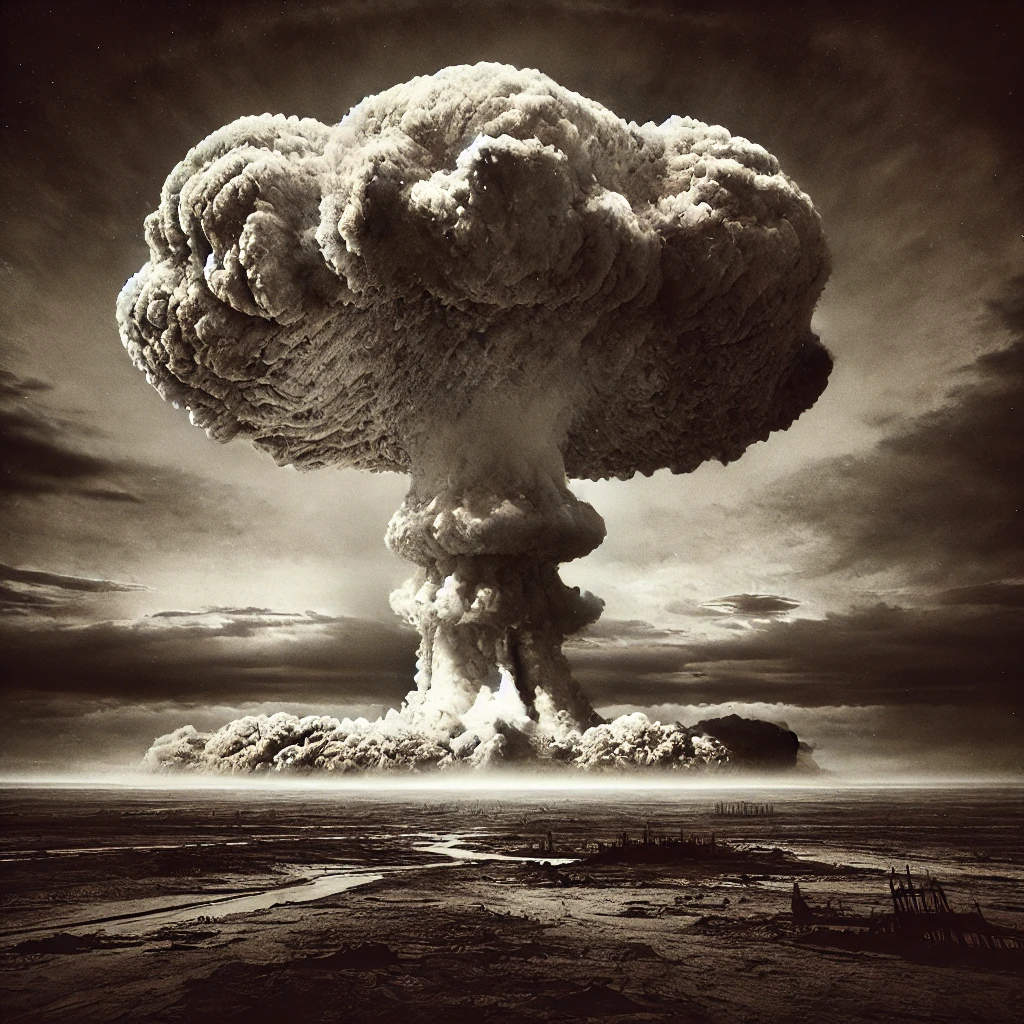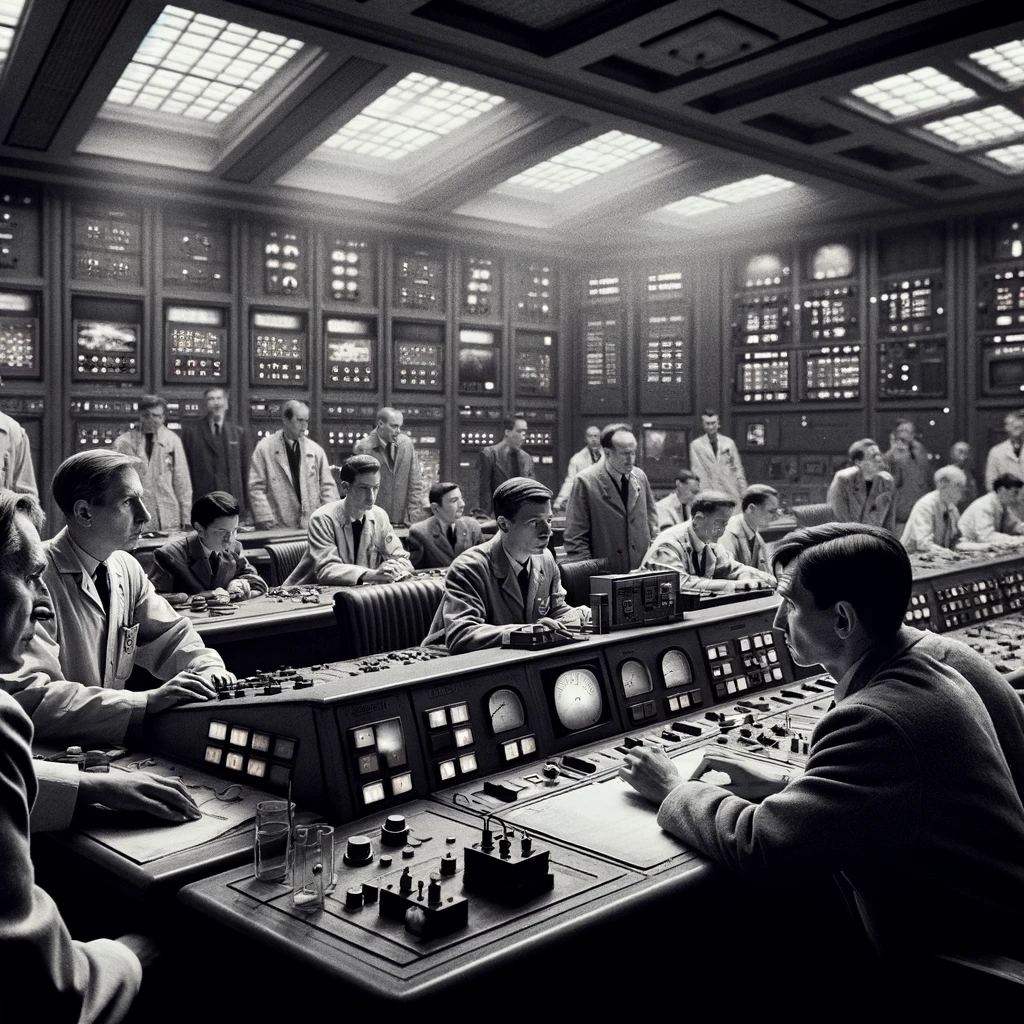On August 29, 1949, the Soviet Union detonated its first atomic bomb, marking a pivotal moment in the early years of the Cold War. The bomb, codenamed “First Lightning” or “Trinity,” was tested at the Semipalatinsk Test Site in Kazakhstan. This event ended the United States’ monopoly on nuclear weapons and significantly altered the geopolitical landscape of the post-World War II era.
The successful detonation of the Soviet atomic bomb was a major milestone in the Soviet Union’s nuclear weapons program, which had been developed under the direction of Soviet physicist Igor Tamm and others. This test confirmed the Soviet Union’s capability to produce nuclear weapons, leading to a dramatic shift in the balance of power and initiating a new phase of nuclear arms competition between the U.S. and the USSR.

The Context of the Test
The detonation of the Soviet atomic bomb was a direct response to the United States’ successful use of atomic bombs on Hiroshima and Nagasaki in 1945. The U.S. monopoly on nuclear weapons had been a significant factor in maintaining global power dynamics and influencing international relations. The Soviet Union’s entry into the nuclear club disrupted this balance and intensified the arms race, which had been escalating since the end of World War II.
The test was a highly secretive operation, reflecting the Cold War era’s emphasis on espionage and intelligence gathering. The Soviet Union’s achievement was a significant technological and strategic accomplishment, demonstrating their ability to challenge U.S. military superiority. It marked the beginning of an arms race that would shape international relations for decades to come.

The Global Reaction and Impact
The explosion of the Soviet atomic bomb had immediate and far-reaching effects on global politics and security. It prompted a re-evaluation of U.S. defense strategies and policies, leading to increased investment in nuclear arms and advanced delivery systems. The new balance of power between the U.S. and the Soviet Union intensified the Cold War, with both superpowers expanding their nuclear arsenals and engaging in a policy of mutual assured destruction (MAD).
In response to the Soviet test, the United States and its allies increased efforts to develop more advanced nuclear weapons and strategies, further fueling the arms race. The test also had a profound impact on international diplomacy, leading to the establishment of various treaties and agreements aimed at controlling nuclear proliferation and reducing the risk of nuclear conflict, such as the Treaty on the Non-Proliferation of Nuclear Weapons (NPT).

The legacy of the Soviet Union’s first atomic bomb test continues to influence global security policies and international relations. It serves as a reminder of the destructive potential of nuclear weapons and the ongoing need for arms control and diplomatic efforts to prevent nuclear proliferation. The events of August 29, 1949, marked a significant turning point in the Cold War and the broader history of nuclear technology and international diplomacy.
